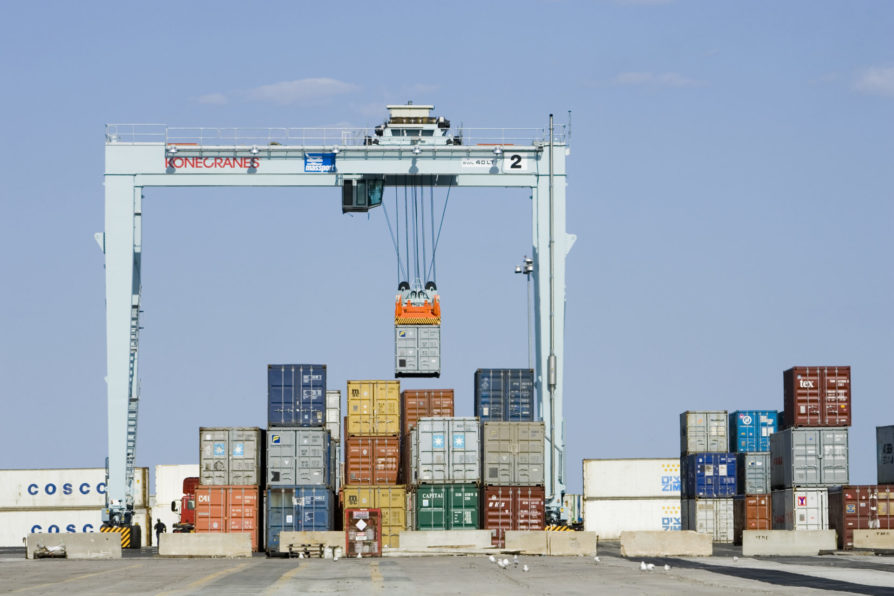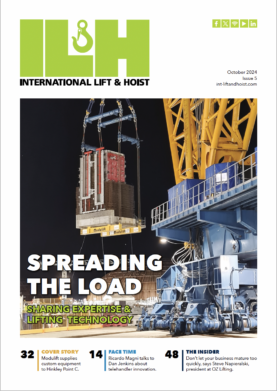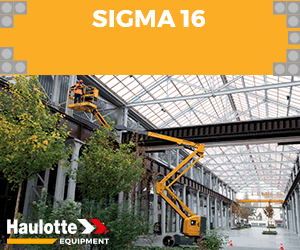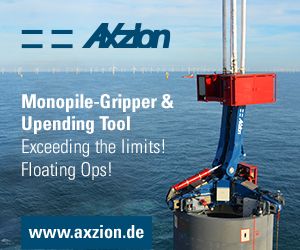)
Retrofit revitalises RTGs
Konecranes USA has successfully retrofitted its RTG cranes at the Port of Boston with the latest Konecranes RTG technology, including both drive and control system and smart feature retrofits.
The Massachusetts Port Authority (Massport) owns and operates the Port of Boston, a vital economic asset for the Commonwealth of Massachusetts. The safety, efficiency, and productivity of the Port are paramount to connect more than 2500 businesses to the global economy and support 9000 direct jobs.
Massport operates a fleet of 16 Konecranes RTG cranes at Conley Container Terminal at the Port of Boston, some of them have been in service since 2007. Although the RTGs’ steel structure has a lifespan of approximately 25 years, some internal and electrical components wear out sooner and can become outdated or obsolete with rapidly advancing technology.
For example, old crane control systems rely on technology such as contactors, relays, thyristor DC drives and frequency converter AC drives that are technically and physically outdated. Manufacturers no longer provide spare parts and technical support for the obsolete components. Repair work is expensive and sometimes not even possible, which contributes to increased downtime.
In 2018, Konecranes retrofitted five of the older RTGs with the latest Konecranes RTG technology, improving their functionality and fuel efficiency.
“The aim was to cost-effectively boost the safety, efficiency, and productivity of Massport’s RTG fleet by utilising the latest technologies,” says Scott Lane, vice president of Port Services at Konecranes USA.
Drive and control system retrofit
For Conley Terminal – the only full-service container terminal in New England – structures sitting that have operated well beyond their years was the background to Konecranes’ drive and control systems retrofit for Massport’s RTGs.
The drive and control system retrofit lifted the functionality of the RTGs to the level of brand new cranes, while minimising costs by keeping the crane steel structures that have years more life and main components.
The retrofit on Konecranes’ RTG cranes built in the following proven Konecranes technology from its latest generation of RTGs, improving performance and decreasing downtime:
- New-generation D2V inverters provide better functionality and have better technical and spare part support.
- A new Crane Management System (CMS) increases crane reliability by providing much more information on how the crane is working, making diagnostics and troubleshooting easier. An optional CMS server can bring this information directly from the crane CMS to a technical office using a WiFi connection.
- A new operator touch panel has a faster response time and a more intuitive interface. This improves operational performance by reducing the chances of human error.
- An upgraded PLC, fully compatible with the Konecranes CMS and remote connectivity, gives better technical support and a reduced response time.
- TruConnect remote services allow Konecranes’ expert engineers to analyse the condition of the crane at any given time, improving response times for troubleshooting.
“The cranes are running more smoothly, consuming less diesel fuel, and are quieter during operation. From our real-time reports, we can see an increase in uptime and a reduction in unexpected breakdowns at Massport,” says Lane.
The retrofitted RTGs also have better fuel consumption thanks to a new variable speed diesel engine installed by Konecranes, which uses the latest technology to adjust the engine’s speed according to the output required.
New smart features
In addition to the upgrades just described, Konecranes installed the following Smart Features on the RTG cranes:
- Stack Collision Prevention, which helps the operator to avoid collisions between the spreader (loaded or unloaded) and containers in the stack. During stacking operations, the trolley slows down if an object is detected in its path, thus reducing the chances of knocking containers over, or of damaging the load or the crane.
- Gantry Collision Prevention, which is designed to improve the safety of personnel working near the RTG. It helps the operator to avoid crane-to-crane collisions and crane to-obstacle collisions when the RTG travels in the stack and between stacks.
- Auto-steering, which guides the RTG crane along predefined drive tracks. In essence, it creates “virtual rails” for the RTG to follow. While the operator controls the speed and direction of the gantry, Auto-steering allows the operator to focus more on load handling and watching for collision risks involving other equipment moving in the stack area.
“We recognise Massport’s commitment to safety and the environment, and having additional features fitted to the cranes was an important asset to the customer. In the future, we can easily add on additional new technologies, to keep Massport at the forefront of safety and efficiency,” says Lane.











